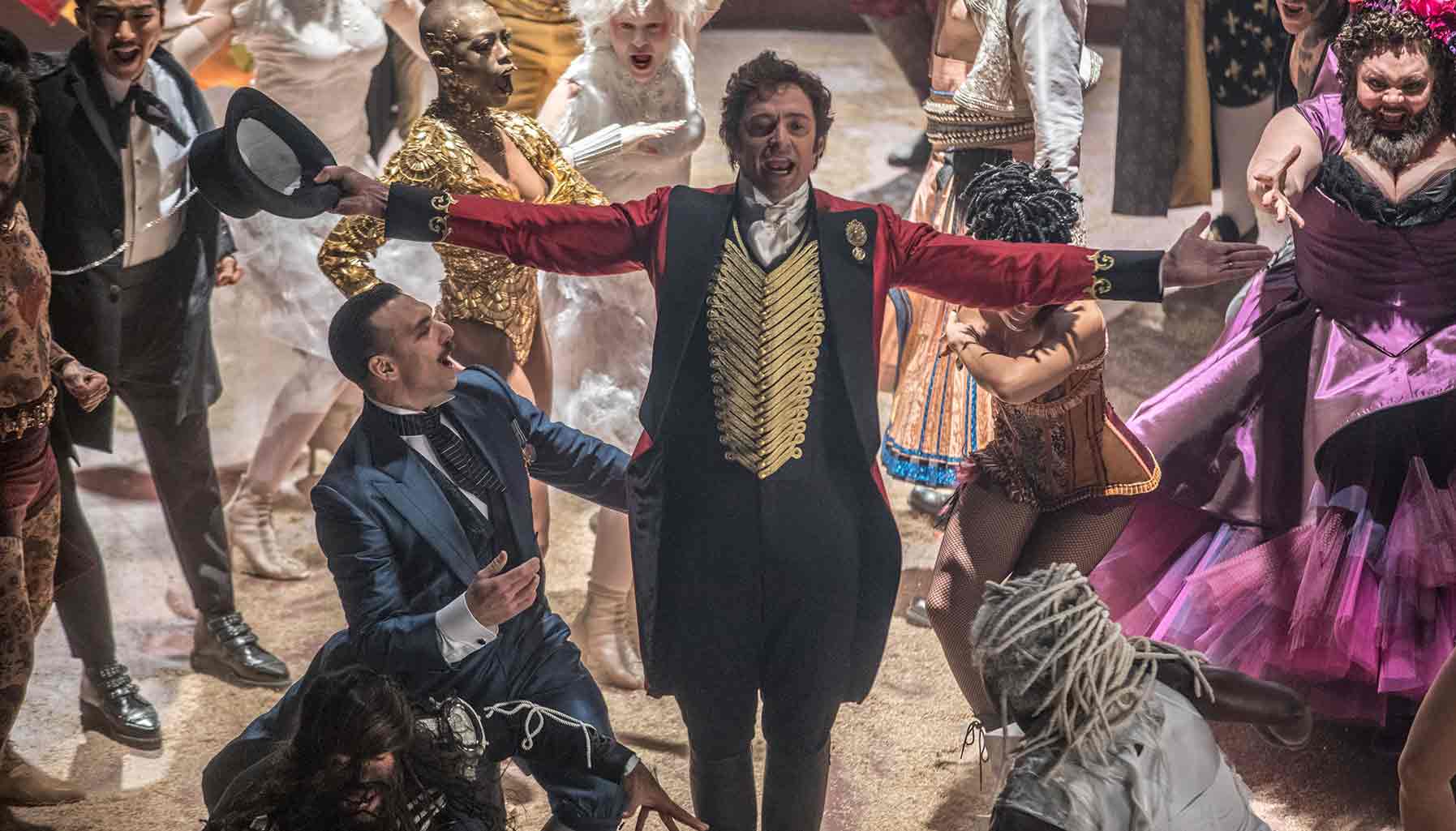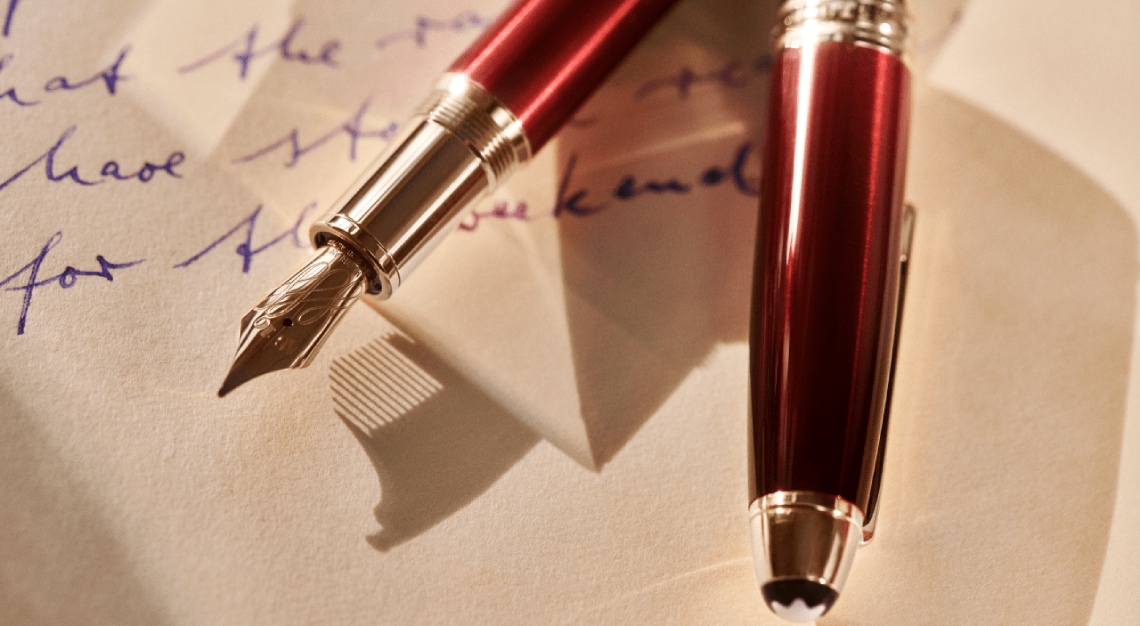The latest Montblanc Masters of Art Homage collection of writing instruments celebrates Pierre-Auguste Renoir, a trailblazer who sparked the Impressionism movement
Poring over the Montblanc Masters of Art Homage to Pierre-Auguste Renoir collection, one is struck by its masterful interplay of artistic eras. In previous Masters of Art Homage editions, where Montblanc commemorated the lives and times of Vincent van Gogh and Gustav Klimt, the handcrafted writing instruments evoked the artists’ singular vision with motifs, colours, and design features that echo their unique styles. With the homages to Pierre-Auguste Renoir, however, the aesthetic twists are far more pronounced—but justifiably so.

Although Renoir is one of the most highly regarded artists of the 19th century—the Frenchman founded the Impressionism movement in the 1870s and inspired many artists, among them, Henri Matisse and van Gogh—his journey was one of constant transformation. From establishing and then subsequently renouncing the Impressionism movement to pivoting from being a porcelain maker to becoming a painter, Renoir didn’t just accept artistic evolution as a way of life, but pursued it with fervour.
Diverse expressions
The Masters of Art Homage to Pierre-Auguste Renoir Limited Edition 8, the most exclusive selection from the collection, tells the story of Renoir at his most artistically evolved. Capped at just eight pieces (the figures at the end of each model reflect its edition’s count) and fashioned in gold, the writing instrument depicts one of Renoir’s greatest masterpieces, The Great Bathers, painted during his Ingresque period between 1883 and 1887, after he broke away from his Impressionism roots.

“I had gone as far as I could with Impressionism and had arrived at the conclusion that I did not know how to either paint or draw,” he once said of his departure from the art movement he helped pioneer.
Where Impressionists favoured loose brushstrokes, vibrant colours, and natural light, the Ingres style, demonstrated by The Great Bathers, is precise, polished, and focused on idealised forms and classical perfection. Montblanc captures this period of Renoir’s pursuit of structure and discipline with fastidious craftsmanship.
The hand-painted lacquer on the barrel and cap, which is set with a brilliant-cut diamond, and the hand-engraved inlay of a girl bathing in the foreground, echo the tones and central motifs of the painting. Expressing Renior’s spirit of disciplined precision, the image of the bathing girl was crafted using the exacting bulino technique—an engraving method relying on thousands of microscopic dots and lines to achieve breathtaking depth and detail.
For something entirely different, the Masters of Art Homage to Pierre-Auguste Renoir Limited Edition 4810 brims with childlike lightness and colour. Crafted to look like the traditional pencils used by artists of that time, this model features a cap and barrel made of olive wood, a nod to the trees Renoir had at his estate in the south of France.

Delicate dabs of hand-applied blue, green, yellow, and grey paint cover the body, and the cap is inscribed with one of his most fervent declarations: “One morning, one of us, lacking black, used blue; Impressionism was born.” A striking contrast to Renoir’s perspective as captured in the Limited Edition 8, yet equally essential to his artistic legacy.
Renoir through the years
The three other models in the Masters of Art Homage to Pierre-Auguste Renoir collection, too, convey his chameleonic artistry. As a child, he displayed a talent for singing but abandoned it when financial constraints forced him into an apprenticeship at a porcelain factory.
This chapter in his life is told through the Masters of Art Homage to Pierre-Auguste Renoir Limited Edition 888. Here, the writing instrument is sheathed in elegant translucent white lacquer that recalls the fine porcelain Renoir once worked on during his formative years. Other decorative accents honour his foundational styles and the trends of the time: a reproduction of a flower motif painted by Renoir, rendered in a gold-framed lacquer motif on the cap, as well as intricate Louis XVI-style engravings on the cap and barrel. Elsewhere, ‘1854’ is inscribed on the platinum-coated cap top ring, referencing the year he began his apprenticeship as a porcelain painter.

Meanwhile, the Masters of Art Homage to Pierre-Auguste Renoir Limited Edition 161 and Limited Edition 92 evoke his so-called Période Nacrée (pearly white) phase when he employed a softer colour palette in his works, and one of his most famous paintings from the Impressionism period, Luncheon of the Boating Party, respectively.
On the Limited Edition 161, one finds iridescent mother-of-pearl inlays on the barrel—hues associated with Renoir’s 1905 painting, Woman With A Hat—and a sterling silver cap decorated with a sculpted relief engraving of this work. Again, the year that marks this period of his evolution, 1888, is inscribed on the cap top ring.

It shouldn’t surprise us by now that the Limited Edition 92, too, is an entirely singular creation. Luncheon of the Boating Party, a painting that illustrates a joyous sunlit moment of a gathering of friends at a Parisian restaurant—one that art historians rank among the best expressions of the carefree spirit of the Impressionist era—is brought to life with bold ostentation. The gold cap is engraved with a braid pattern similar to the straw hats worn by the subjects in Renoir’s painting, while the restaurant’s flapping awnings are depicted by way of hand-painted lacquer inlays surrounding the solid gold barrel.
“One must from time to time attempt things that are beyond one’s capacity,” the artist once implored his peers. Renoir lived by this mantra, constantly pushing his art beyond the constraints of any one movement or philosophy. And now, Montblanc’s artisans do the same—by not merely crafting writing instruments, but sculpting time-honoured masterpieces that transcend function to become living works of art.
This story first appeared in the April 2025 issue. Purchase it as a print or digital copy, or consider subscribing to us here






